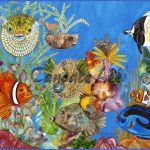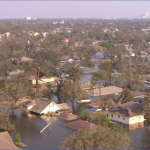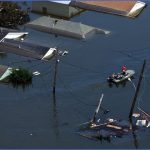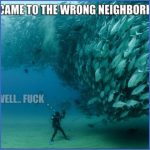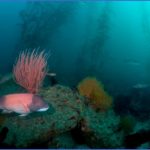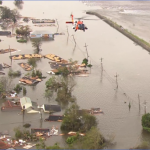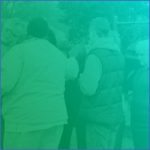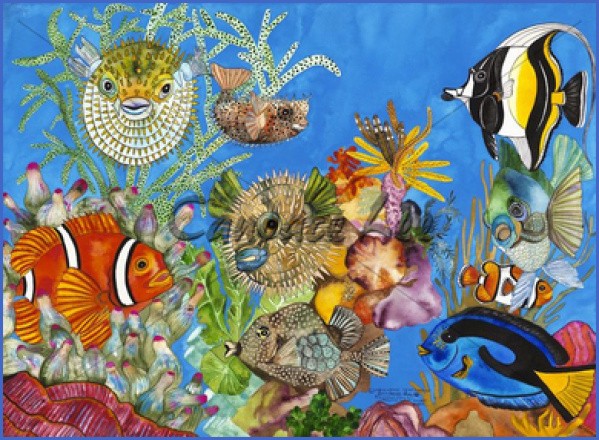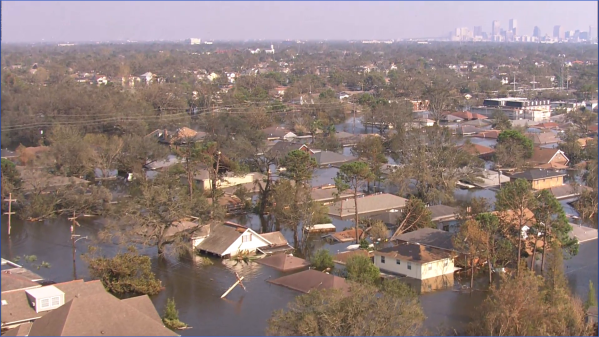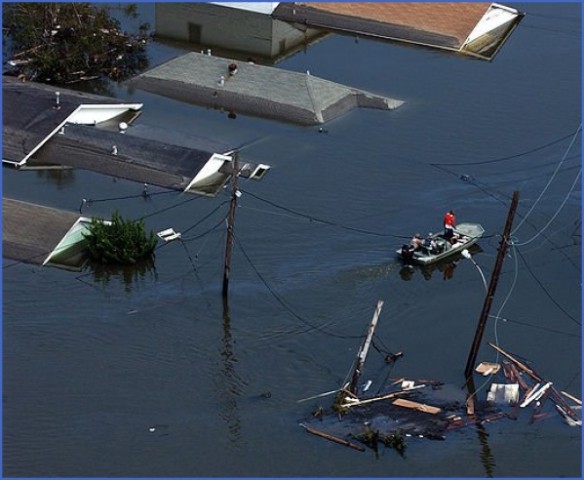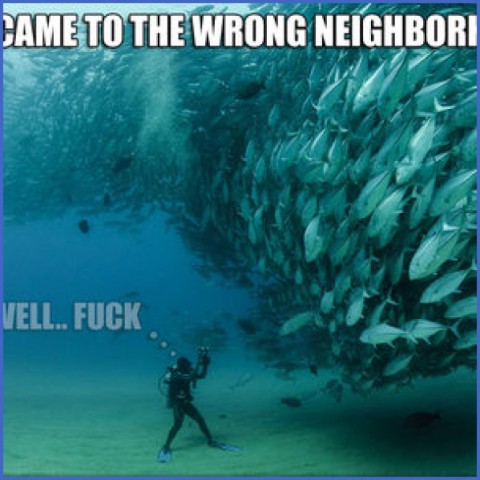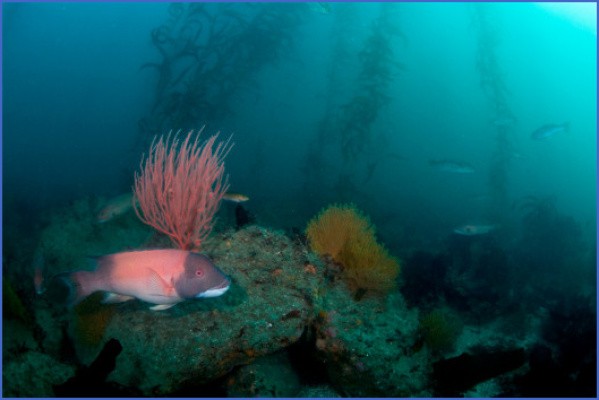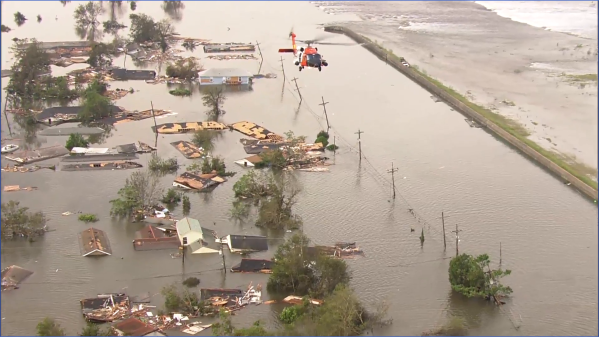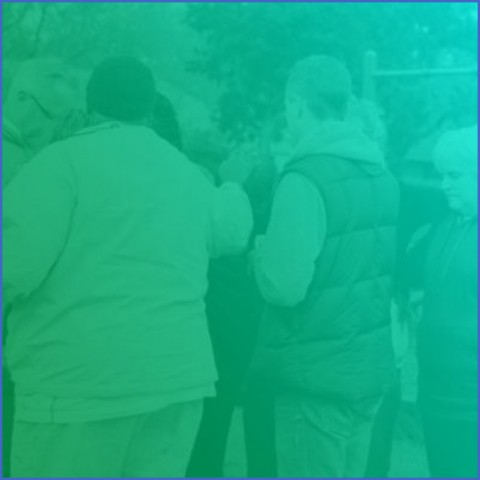I retreat into myself more often. On daily anchor checks I practice my breath holds and spend time with my underwater neighbors, dissolving into the liquid world. At one island, we build a mooring in a small false pass and I find myself in a living masterpiece beneath Swell. I kick down to the bottom each morning through the slicing beams of sunlight that dance across a myriad of coral forms. Invisible currents swirl while I hold the mooring line near the bottom.
At close range the detail intensifies. The blue spotted grouper comes out to patrol his zone, looking as serious as a nightclub bouncer. The yellow tangs waft over the reef together in a flock, grazing on algae like sheep at pasture.
“Lionfish! How do you fit in that hole with all those long delicate fins?” I ask him. He looks like he’s stuck in an uncomfortable Halloween costume. I feel my diaphragm contract, look over the mooring line for signs of damage, and then jet back to the surface.
Underwater Neighborhood Photo Gallery
Rest, hover, breathe, relax then down again.
A school of nervous, black-striped jacks approach, looking like they just made a jailbreak. I reach the bottom, gripping rock. The shy red squirrelfish stay deep in the holes of the rocks, peering out curiously with one dark round eye. The butterfly fish and Moorish idols engage in a never-ending beauty pageant, flaunting their stripes and fancy fins. Anemone fingers flow in watery wafts of the current, and the corals soft, hard, fingered, smooth, and purple to lime-green stack upon each other like a colorful pile of dirty dishes in a kitchen sink.
My lungs burn and I shoot for the surface. The baby ballyhoos greet me, their long pointy snouts wiggling just out of reach as I catch my breath. From the top I notice a barracuda prowling. I fill my lungs with air, and go down again.
Parrotfish munch on coral. Gobies squat on their pectoral fins, chatting together like old ladies. A triggerfish bumbles by like a belligerent clown. A cowfish passes looking like she just left the salon with a bad haircut. From afar a great Napoleon wrasse, the king of the fishes, cruises slowly toward me with his thick lips pressed together smugly. The surface glistens above. I acknowledge my stinging lungs, let go, and float up through a scattered group of unicorn fish twirling their horns to gather plankton in the upper currents.
Deep breaths. Body renewed. Mind reset. I climb back into the dinghy tied to the stern of Swell, high on the incomprehensible complexity of the underwater world its fervent, sumptuous stew of life the result of an unimaginable time span of evolutionary fine-tuning.
But what will be left here in a hundred years? Will this ecosystem survive the rising sea temperatures and levels, overfishing, and pollution? As remote as it feels in these islands, I shudder, thinking again about the inescapable impacts of climate change that will likely kill both the coral and the coconut palms. The atoll peoples will inevitably be displaced.
“When they go, we go,” a Puamotu grandmother says to me one day when I ask her about the struggling coconut palms on her land.
Napoleon Breakdown
Much has changed since my first pass through the atolls a few years before. There is a surge of wealth among the local people because they are now selling fish to the more populous islands whose waters are fished out. Day after day, we watch thousands of pounds of fish harvested in traps, shot by spearfishermen, and caught in nets to be stacked in coolers and flown or shipped out. The local people have built stronger homes and bought trampolines and Xboxes for their kids, but at what cost?
The “tragedy of the commons” plays out before my eyes a few days later while anchored near a village. I watch a father and son fishing for Napoleon wrasse on handlines, hauling out fish after fish. These noble fish, which can grow to more than six feet long and 400 pounds, are highly sensitive to overfishing and have been completely eliminated from the more populated islands. This loss contributes to the burgeoning population of the crown-of-thorns starfish, which feeds on live coral and is destroying large areas of reef. The Napoleon wrasse is one of its few predators.
The great wrasses appear to be spawning in the pass, and for four straight days the father and son haul them out of the sea. On the way back from a dive, we stop to say hello. How can I explain the potential risk of overfishing them? I can’t. It’s not my place, nor can I judge their need for money. I need to get by just like them, and who is to say what my negative impacts are? As we drift beside their boat, they wrestle three gorgeous fish up from the bottom and proudly lift the floorboards to show us the eight or ten others they caught before we arrived. One is not even a foot long. An old man in the village explains that the father and son sell the fish to the passing cargo ships for the equivalent of a dollar a pound.
As the day goes on, I can’t get the Napoleon wrasse off my mind. I learned in my Environmental Studies classes that the largest species in an ecosystem are historically the first to be exploited. The others fall victim to the next rung of human impact: habitat loss. If an animal isn’t edible or valuable, we bulldoze its territory or poison its waters. For the first time, human activity is to blame as we near the sixth great mass extinction on Earth.
I’ve seen troubling scenarios playing out island after island. Rainui and I just came from an atoll whose entire population of lagoon fish are contaminated with ciguatera because a shipment of chemical fertilizer left on the dock in the rain overnight leaked into the lagoon. This caused a massive bloom of the algae that’s linked to ciguatera in fish, cutting off the islander’s main food source and bringing the local fishing economy to a screeching halt.
Here too, the Napoleon’s plight is painfully tangible. I feel woozy over our loss of connection and reverence for the systems on Earth that give us life. For millennia, here and beyond, the natural world was seen as a dynamic, interconnected web of life in which humans participated fully, not just as an object of exploitation that primarily exists to meet our needs. But the islanders we talk to feel like there’s no other choice they must adapt to the new ways or be left behind. If they don’t catch those fish to sell, someone else will.
That night I sit up on the bow of Swell looking up at the Great Shark stretching across the sky. I suddenly start to cry. My tears come first for the Napoleon. And then for the other reef fish that will be sure to follow. I cry for the next human generations, who might only see a Napoleon wrasse in a photo, and for the children, not only here on this tiny island, but those all around the world who will suffer from our negligent choices.
The next day I go to the local elementary school and ask if they would like me to do a presentation about my voyage and the environment. They agree eagerly, and I show up the following day with a bag of different sorts of local trash and explain approximately how long it takes for each piece to biodegrade. We talk about plastic pollution’s effect on marine life, and I use my sailing trip to help explain where currents and winds carry plastic that finds its way into the ocean. I’m thrilled to find the kids highly enthusiastic. I leave feeling more hopeful, and vow to continue doing talks in schools at other islands we visit.
Maybe You Like Them Too
- Top 10 Islands You Can Buy
- Top 10 Underrated Asian Cities 2023
- Top 10 Reasons Upsizing Will Be a Huge Travel Trend
- Top 10 Scuba Diving Destinations
- World’s 10 Best Places To Visit

